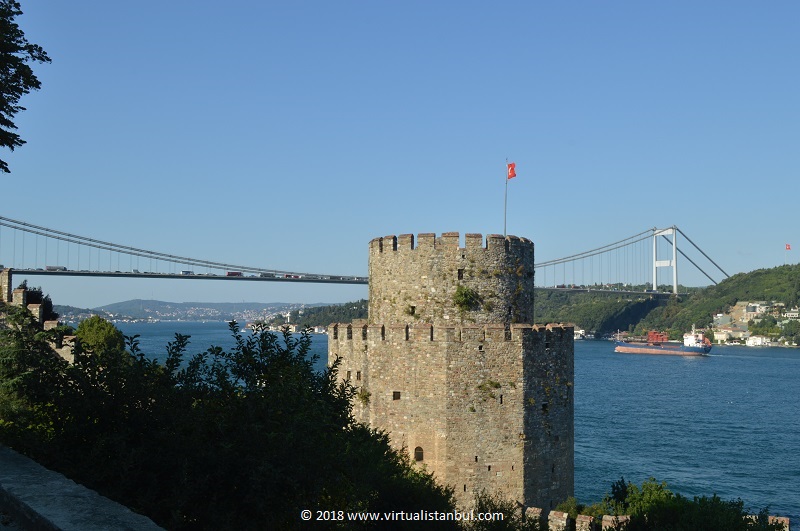If we had to pick out just one feature of Istanbul that had the most influence on the city from its ancient history to present day, we would undoubtedly say that it is the strait of Bosphorus. This unique natural waterway divides Istanbul into its Asian and European sides, connected today by three suspension bridges, two tunnels and numerous ferry lines. In history, the Bosphorus and its inlet, the Golden Horn, provided the ultimate defence line for the “old city” on the historic peninsula. Its strategic importance continues today as the only waterway connecting the Black Sea to the Mediterranean Sea via the Sea of Marmara and the strait of Dardannelles. The Bosphorus carries a heavy shipping traffic with cargo ships, oil tankers, cruise liners and numerous ferries and recreational boats using the strait everyday. With its strong and complicated currents, narrow sections and sharp turns, it is a difficult waterway to navigate especially for large vessels.
Both the European and Asian shores of the Bosphorus are dotted with historical buildings such as the two castles (Anadolu hisari and Rumeli hisari) built by the Ottomans to take control of the strait before the conquest of Constantinople, as well as several Ottoman palaces, mosques, universities and schools, and renowned waterfront houses (called “yalı” in Turkish) dating back to Ottoman times. While busy coastal roads run along both sides of the Bosphorus, the best way to see the strait and the buildings on its shores by far is to take one of the special sightseeing ferries that go along the strait with varying itineraries, ranging from simple boat trips with or without lunch stops to dinner cruises and luxury yacht cruises.
